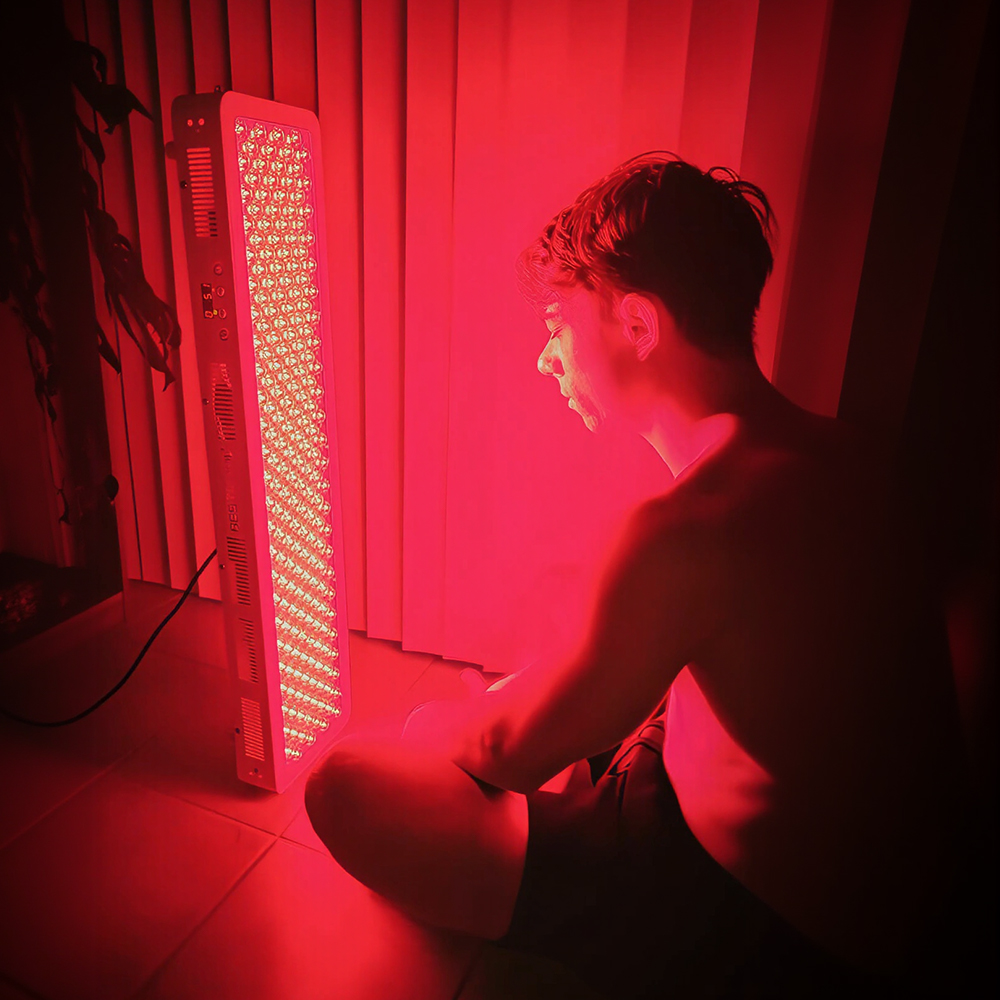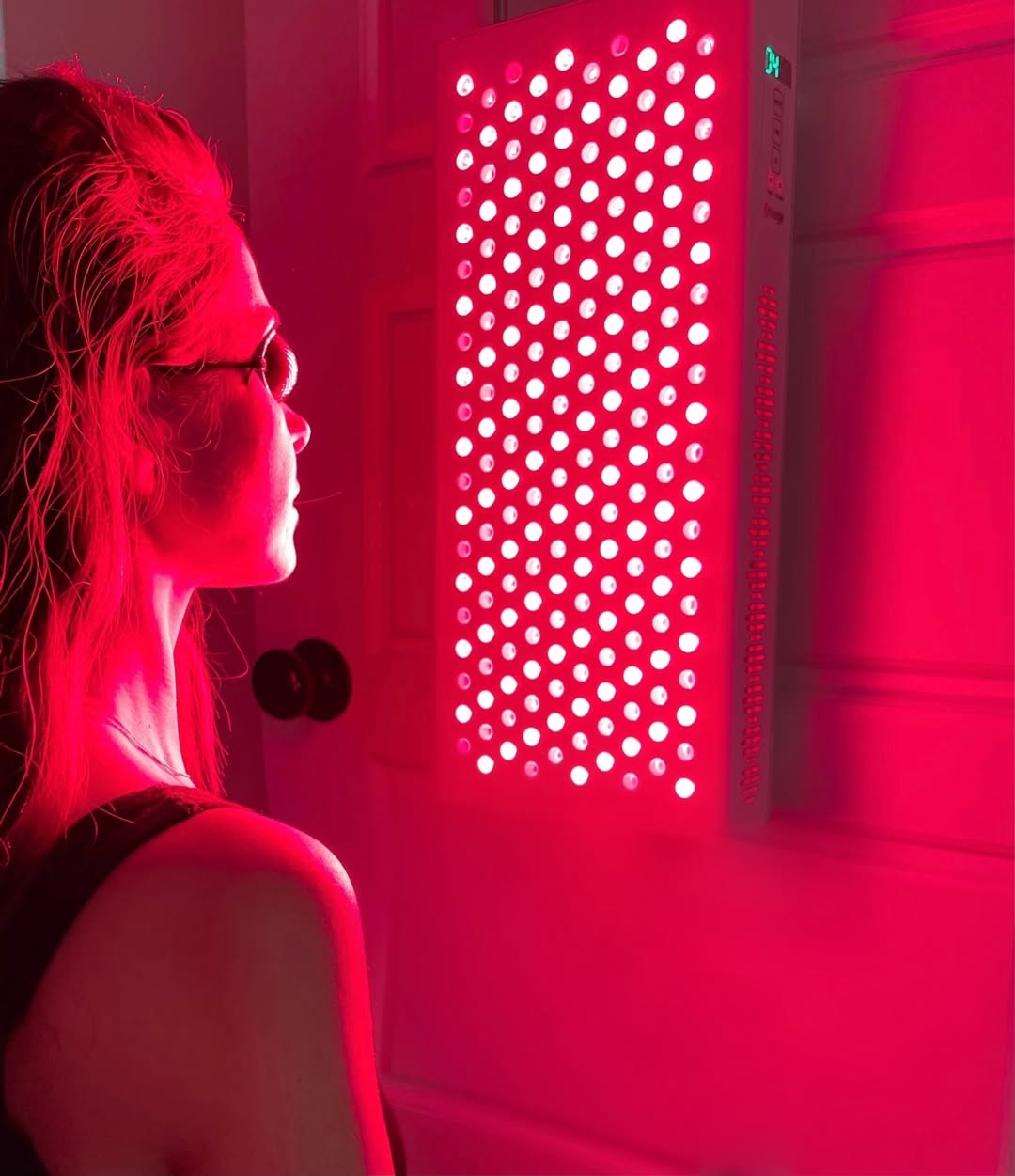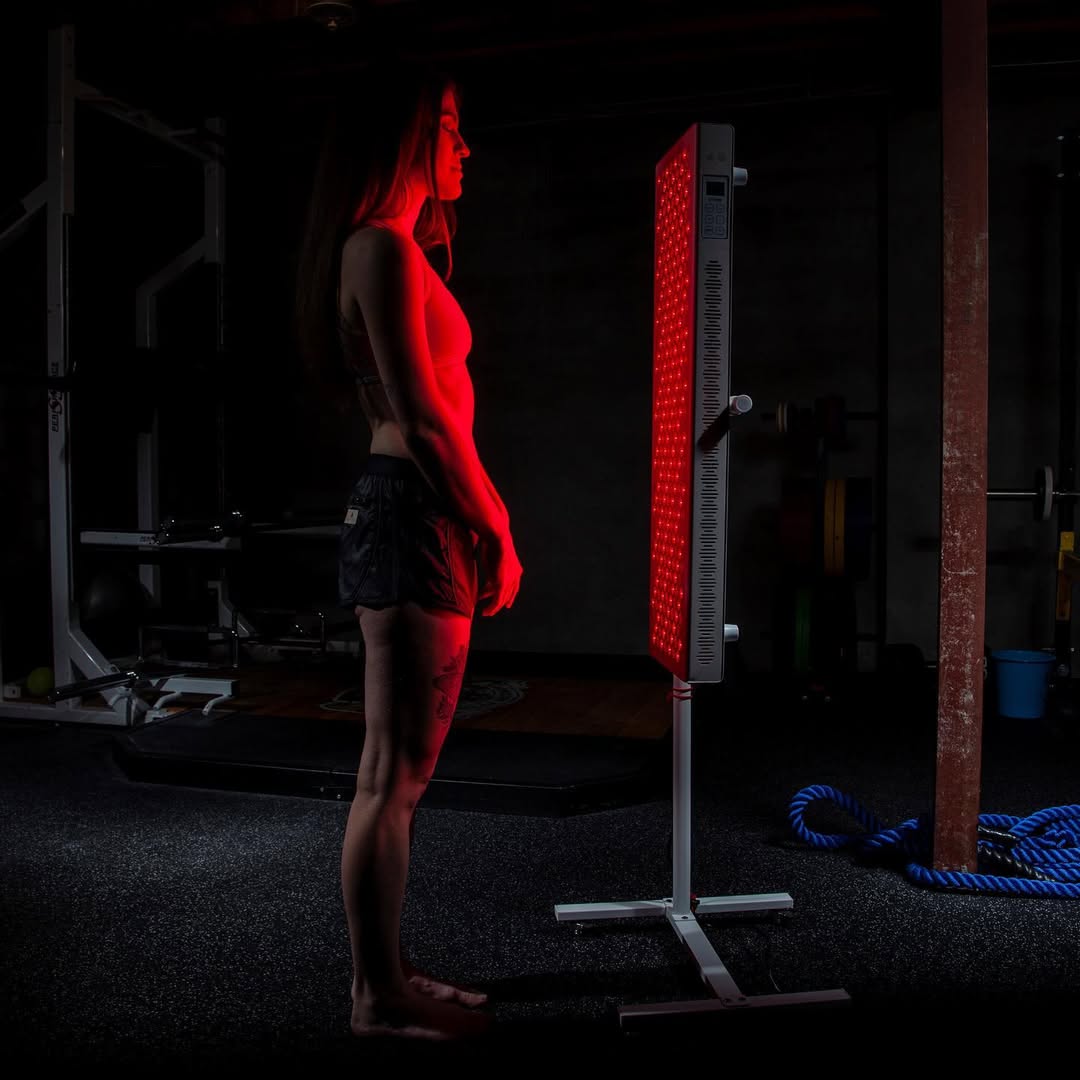![]() Free Shipping
Free Shipping ![]() Buy Now, Pay Later
Buy Now, Pay Later ![]() Eligible
Eligible
Is Red Light Therapy Good for NBA Players? Exploring the Science Behind the Trend

In the high-stakes world of the NBA, recovery is just as crucial as performance. With players pushing their bodies to the limit night after night, finding effective ways to heal faster, reduce inflammation, and maintain peak condition is a top priority. One emerging trend that has gained traction among elite athletes—including NBA stars—is red light therapy (RLT).
But is red light therapy truly beneficial for NBA players, or is it just another wellness fad? Let’s dive into the science, real-world applications, and potential advantages (or drawbacks) of this cutting-edge recovery tool.
What Is Red Light Therapy?
Red light therapy, also known as low-level laser therapy (LLLT) or photobiomodulation (PBM), involves exposing the body to specific wavelengths of red and near-infrared light. These wavelengths penetrate the skin, stimulating cellular energy production (ATP) and promoting healing at a deep tissue level.
Unlike UV light, which can damage the skin, red light is safe and non-invasive. It’s used for a variety of purposes, including:
- Muscle recovery
- Reducing inflammation
- Enhancing joint mobility
- Accelerating wound healing
- Improving sleep and circadian rhythm
Given these benefits, it’s no surprise that NBA players—who endure intense physical strain—are turning to RLT as part of their recovery regimen.
Why NBA Players Are Using Red Light Therapy
1. Faster Muscle Recovery
NBA games and practices place enormous stress on muscles, leading to micro-tears and fatigue. Red light therapy has been shown to:
- Increase blood circulation, delivering more oxygen and nutrients to damaged tissues.
- Reduce oxidative stress, helping muscles recover faster after intense workouts.
- Stimulate collagen production, aiding in tendon and ligament repair.
Players like LeBron James and Kevin Durant, known for their meticulous recovery routines, have reportedly used red light therapy to stay in peak condition.
2. Reduced Inflammation and Pain Relief
Inflammation is a major hurdle for athletes dealing with soreness or injuries. Studies suggest that RLT can:
- Decrease pro-inflammatory cytokines (molecules that promote inflammation).
- Increase anti-inflammatory markers, helping with conditions like tendonitis or arthritis.
- Provide natural pain relief without relying solely on medications.
For NBA players managing chronic joint pain (e.g., knees, ankles, and backs), RLT could be a game-changer.
3. Improved Sleep and Performance
Sleep is critical for athletic performance, yet travel, late-night games, and adrenaline can disrupt rest. Red light therapy may help by:
- Regulating melatonin production, improving sleep quality.
- Enhancing mitochondrial function, leading to better energy levels.
Teams like the Phoenix Suns and Boston Celtics have incorporated red light pods in their training facilities, emphasizing its role in player wellness.
4. Enhanced Skin and Wound Healing
While not a primary concern for performance, skin health matters for players dealing with cuts, abrasions, or even post-surgery recovery. RLT has been shown to:
- Speed up wound healing by boosting fibroblast activity.
- Reduce acne and scarring, which may be useful for players prone to skin irritation from sweat and gear.
Potential Downsides and Limitations
Despite its promise, red light therapy isn’t a magic bullet. Some considerations include:
- Time Commitment: To see results, consistent sessions (often 10-20 minutes daily) are needed.
- Cost: High-quality devices can be expensive, though many teams invest in professional-grade equipment.
- Variable Results: Some athletes report dramatic benefits, while others notice minimal effects—individual responses vary.
Additionally, while research is promising, more large-scale studies on elite athletes are needed to confirm its efficacy fully.
How NBA Players Are Using Red Light Therapy
Several teams and players have integrated RLT into their routines in different ways:
- Full-Body Panels: Used post-game for systemic recovery.
- Targeted Devices: Applied to specific injuries (e.g., knee or shoulder pain).
- Sleep Optimization: Using red light before bed to improve circadian rhythm.
Notable athletes like Steph Curry and Chris Paul have been linked to red light therapy through social media and interviews, hinting at its growing popularity.
VELLGUS Elite V2
THE #1 RATED RED LIGHT DEVICE
VELLGUS pro V2
THE #1 RATED FULL BODY RED LIGHT DEVICE
The Verdict: Should NBA Players Use Red Light Therapy?
Based on current evidence, red light therapy appears to be a valuable tool for NBA players, particularly for recovery, inflammation reduction, and sleep enhancement. While it shouldn’t replace traditional methods like cryotherapy, massage, or proper nutrition, it serves as a strong complementary treatment.
As more teams invest in advanced recovery technologies, RLT could become as commonplace as foam rollers and ice baths in the NBA. For now, players experimenting with it seem to find enough benefits to keep it in their routines—and that alone speaks volumes.
Final Thought:
If red light therapy helps even a fraction as much as early adopters claim, it might just be the next big breakthrough in sports recovery—giving players an extra edge in the grueling NBA season.








